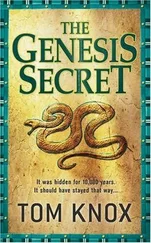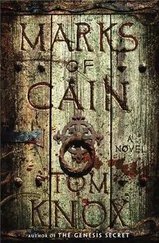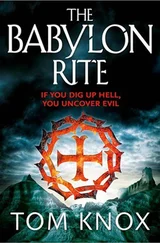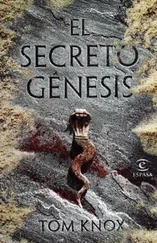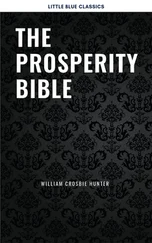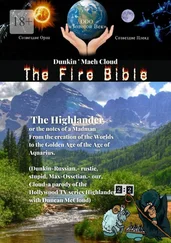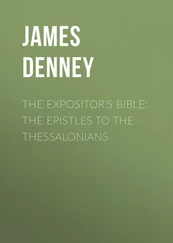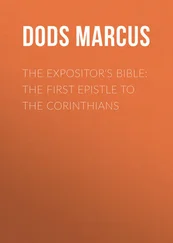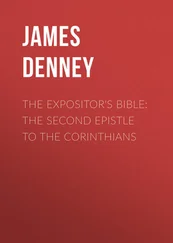Slipping on her working gloves, Julia lifted the cranium into the white weakening light of her headlamp. The ancient teeth gleamed in the shivering light, white and yellow. And smiling.
The hole in the bone was, in itself, no revelation. Julia had seen enough damaged bones to know that splinters and fractures were only to be expected in ancient remains: homo sapiens emerging from the ice age had to fight savagely for food and survival, with cave bears, and wolverines, with leopards and hyenas. Accidents were also common: from cliff falls and rock falls, likewise hunting wounds.
But this hole in the head had been made precisely. Carved. Sculpted. Not intended to be lethal; yet drilled into the bone.
She put the cranium on the cave floor, and made some notes. Her dirty gloves smeared the white pages, but she didn’t care. She had discovered, surely, a skull deliberately pierced, or ‘trepanned’, by a form of early surgery: this was a stone age lobotomy, someone diligently excising a disc-shaped hole in the high forehead of the cranium.
Trepanning was well attested in the literature. It was the earliest form of surgery ever discovered; there were several examples of it in museums dating from the probable age of this skull: 5000 B.C.
But no one had any proper sense why stone age men did this. So this discovery was still quite something.
A noise disturbed her triumphant thoughts. Julia dropped her notebook and stared into the murk, beyond the cone of light cast by her headlamp; the shadows of the cave danced around her. She spoke into the gloom.
‘Hello?’
Silence.
‘Hello? Ghislaine? Annika?’ Silence. ‘ Alex ??’
The silence was almost absolute. Only the vague whistle of the distant wind, up there on the Cham, answered her question.
No one was down here. No one but Julia Kerrigan, thirty-three years old, Canadian, single, childless, with her degree from Toronto and her anti-static tweezers – her and this unnamed human skull. And maybe a rat.
Julia returned to her inviting task. She had two hours left before the day was done. And she was truly looking forward to supper now: when the archaeologists got together, as always, in the little Brasserie Stevenson in Pont de Montvert, to discuss the day’s finds – tonight of all nights would be fun. She would nonchalantly say to the oleaginous team leader: Oh Ghislaine I found a skull. Trepanned. I think it is Neolithic.
Her boss would beam and glisten and congratulate her, and her friends would smile and laugh and toast her success with Côtes du Rhône, and then she would call Mum and Dad in Canada and she would make them understand why she had left them to go to Europe. Why she still wasn’t coming home. Because her wilful ambition had been justified, at last…
But wait. As she turned her head from her notebook to her bone-brushes, she noticed a second whiteness, another gleam in the corner.
Another skull?
Julia brushed, very delicately, for a moment, and confirmed. It was a second skull. And this, here: in the furthest corner. What was this? A third?
What was all this?
Now she was working – and working hard. Her hands were wet with excited sweat; she knew that as soon as she told everyone, they would come and take over her cave, but this marvellous cache, this trove of bones, this was her find, she had spent all summer waiting for something like this, she had spent fifteen years waiting for something like this, so she was damned if she was going to give it up without giving it every wallop of energy, this day, this one last day.
Away down the passage, rain was falling, spattering disdainfully on the metal ladder – no doubt blackening the funereal menhirs of the Bondons, up there on the surface; but she didn’t care; now she could see that the cave floor was barely concealing, quite astonishingly, entire human skeletons.
It would need weeks to extract them all properly, but in two hours she could brush away enough dust to get a sense of the age and skull size and maybe the gender. And the wounds.
She stared. Appalled. The light in her headlamp was giving out, but it was still strong enough to illuminate what she had found.
Three skulls had holes in them. Bored holes. Trepanations. The four other skeletons: a man, woman and two children, did not have holes in the head, but they exhibited another, deeply disturbing feature.
Julia rubbed the dirt from her eyes, as if she could wipe away the unlikeliness of what she was seeing. But it was incontestable. The creamy-grey ribs and neckbones of these skeletons were lodged with flint arrowheads. At all angles. The flesh that these arrows had once pierced had rotted away, thousands of years ago, but the stone arrowheads remained, lying between ribs, jammed between vertebrae.
These four Stone Age people had been brutally murdered, or even executed. Shot with arrows from all sides. Overkilled. Ritually. Julia couldn’t help feeling this had something to do with the other skulls, the trepanning, the holes in the head. But what?
Something like revulsion overcame her. An instinctive reaction. She had an urge to flee, to run to the metal ladder and the excised hole of light; to get the hell out. She felt like she had crawled into a modern murder scene: with blood pissed up the walls and a father lying dead with a shotgun muzzle in the mouth – surrounded by the plaintive corpses of his children.
Who would stand in a circle, carefully and thoroughly firing arrows at women and kids? What had driven others to do this? Why did the men with the holes in their heads have no arrows in them at all? Were they the killers?
Grasping her emotions tight, she crawled away down the passage. Julia’s last action, as she left the cave, before she shinned up the metal ladder, was to turn and look at the wholly unearthed skull.
Sitting on the mud, it didn’t appear to be smiling any more. It looked like it was trying to speak, across the distance of the ages. Trying to articulate. Trying to warn.
Vang Vieng was the strangest place Jake had ever been. Two years working as a photographer in Southeast Asia, from the full moon parties of Ko Phangan, where thousands of drugged-up young western backpackers danced all night on coralline beaches next to raggle-taggle Sea Gypsies, to the restaurants of Hanoi where Chinese businessmen ate the beating hearts of cobras ripped from living snakes while making deals for nuclear power stations, had inured him, he thought, to the contrasts and oddness of tropical east Asia.
But Vang Vieng, on a tributary of the Mekong River halfway up the long, obscure, serpentine little country of Laos (and as he had to keep reminding himself, Laos was pronounced to rhyme with how, not house ) had shown him that the eccentric contrariness of Indochina was almost in exhaustible. Here was an ugly concrete town in a ravishing ancient valley – where hedonism, communism, capitalism and Buddhism collided, simultaneously.
He’d been here in Vang Vieng three days, taking photos for a coffee table book on Southeast Asian beauty spots. It had been quite a long assignment, and it was nearly over. They’d finished the tour of Thailand, spent two weeks in Vietnam, they already had Halong Bay in the can.
The final Laotian leg of the journey comprised Luang Prabang, up the river, and Vang Vieng, down here. They’d flown to Vang Vieng from Luang; tomorrow morning, they would cab it to Vientiane, the Laotian capital – and jet back to base in Phnom Penh in Cambodia, where Jake had his flat.
That meant they had just one day left. Then the joy of invoicing.
It hadn’t been the greatest assignment in the world, but then – there weren’t many great assignments left for photographers, not these days. Jake had been a photographer for a decade now, and as far as he could tell the work wasn’t coming in any quicker, in fact it was dwindling. All those people with cameraphones, all that easy-to-use, foolproof technology, autofocus, Photoshop: they made it all so simple. Literally anyone could take a decent snap. With a modicum of luck, a moron with a Nokia could do a decent Frank Capra.
Читать дальше
Конец ознакомительного отрывка
Купить книгу


